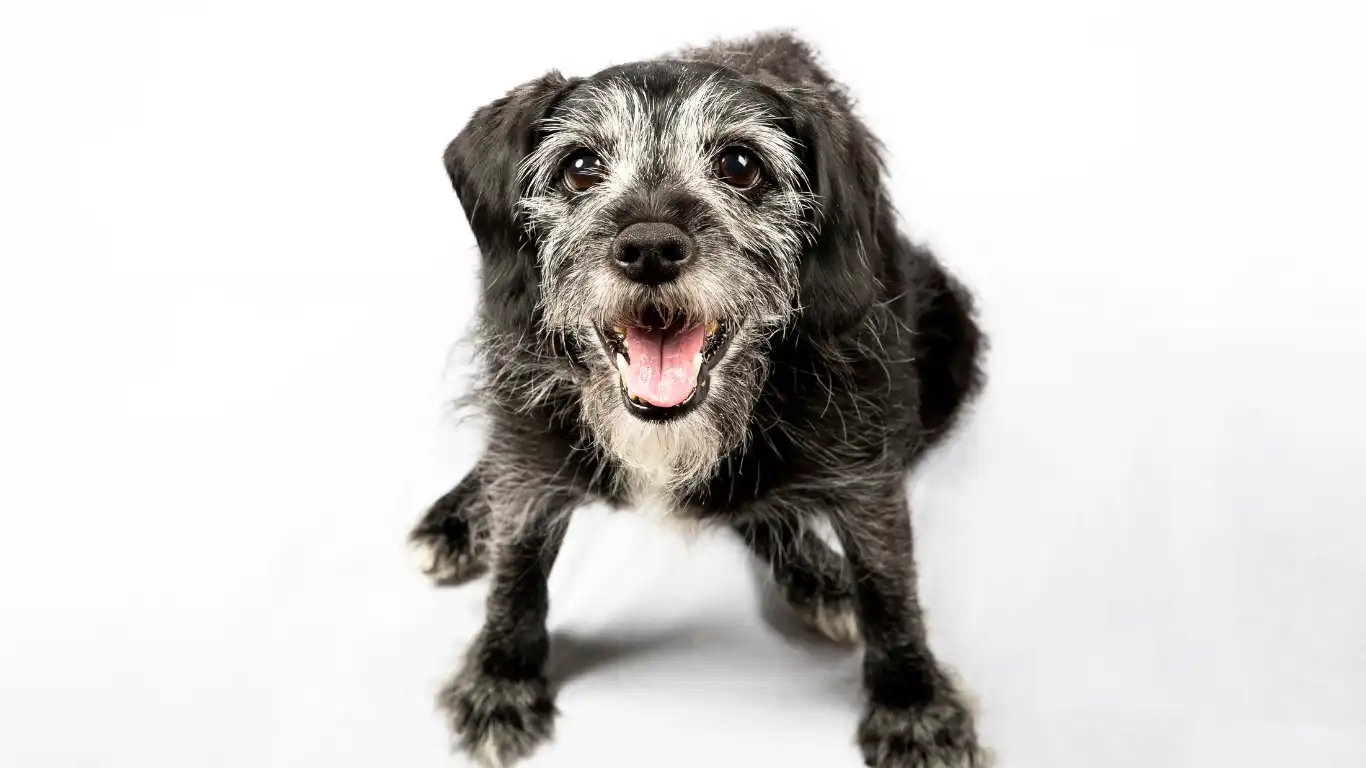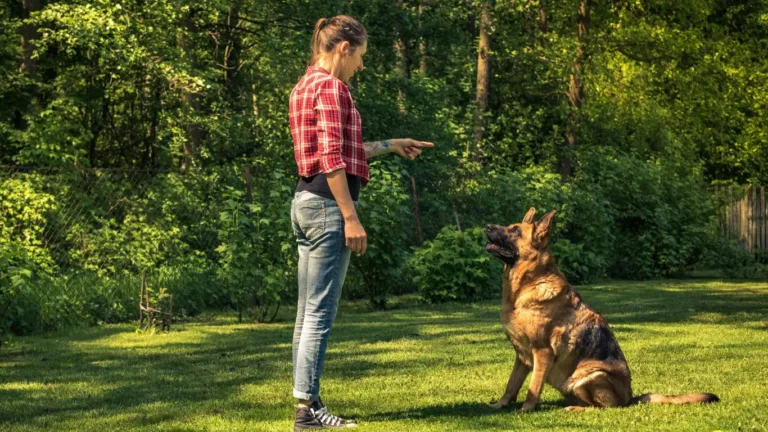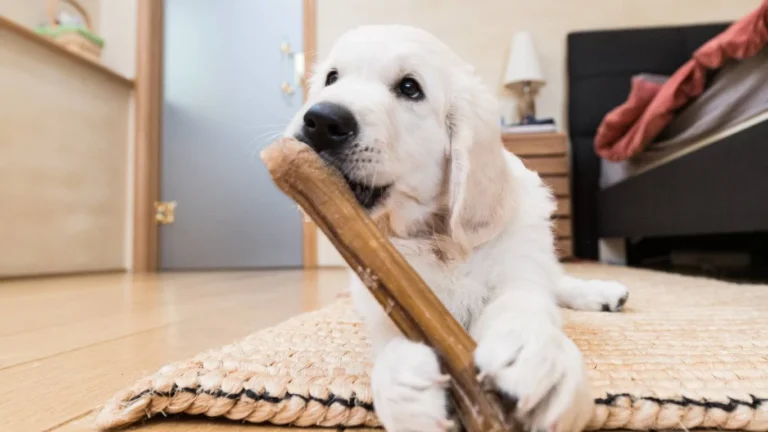Help Your Dog Overcome Separation Anxiety: Proven Tips That Work
Dogs are incredibly social creatures, and while we love having them by our side, life sometimes demands that we leave them alone for a few hours. If your pup struggles with this, you’re not alone! Many pet parents search for ways on how to help a dog cope with separation anxiety. Having worked in veterinary clinics as a Pet Nutritionist and pet care expert, I’ve seen firsthand how distressing this can be for both dogs and their owners. But don’t worry—there are ways to ease your furry friend’s anxiety and make alone time much less stressful!
Understanding Separation Anxiety in Dogs
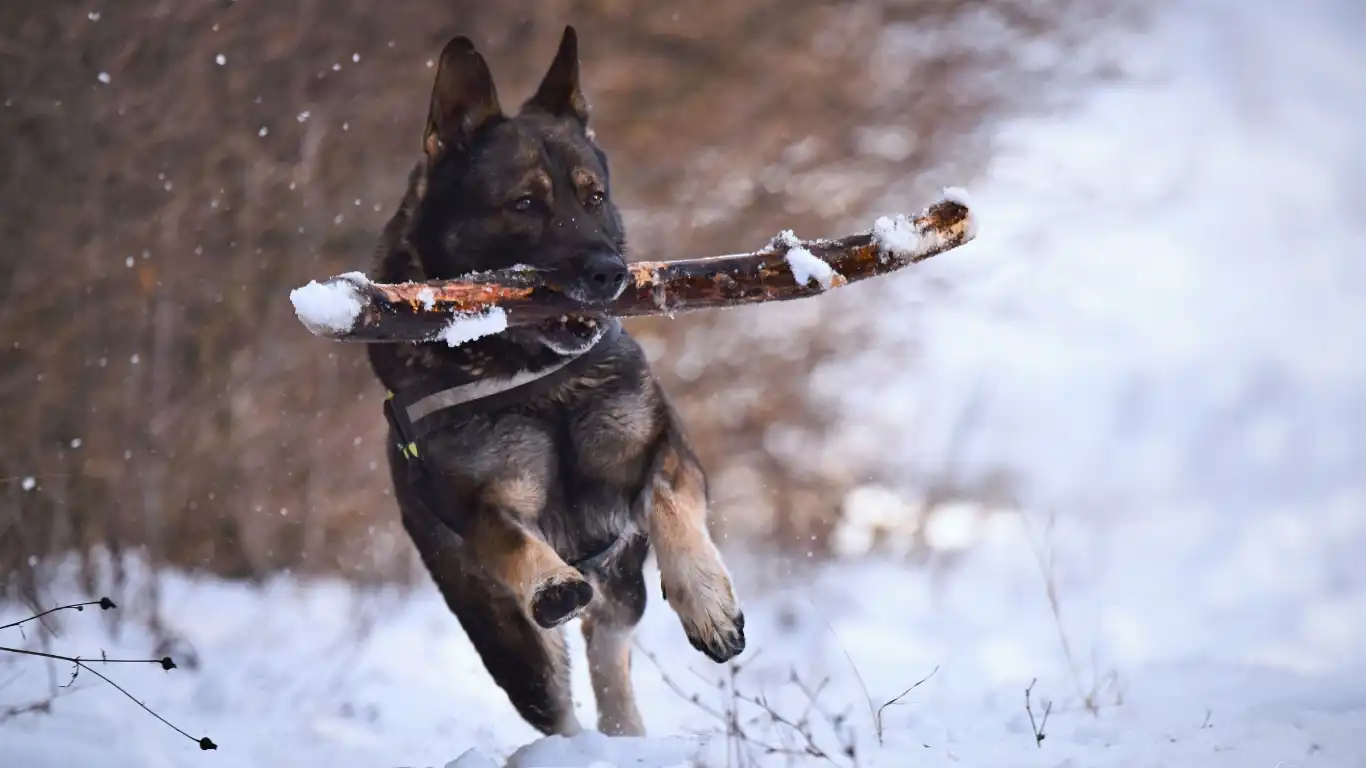
Before we dive into solutions, let’s first understand what separation anxiety actually is. Some pet owners mistake simple boredom for anxiety, but true separation anxiety is much more intense. It’s when a dog experiences extreme stress when left alone, often leading to destructive behavior, excessive barking, or even self-harm.
Signs Your Dog Might Have Separation Anxiety
If you’re unsure whether your pup is suffering from separation anxiety, here are some telltale signs to look out for:
- Excessive barking or howling – Your neighbors might even let you know!
- Destructive behavior – Chewed-up shoes, shredded couches, and scratched doors.
- Bathroom accidents – Even if they’re house-trained, anxiety can trigger accidents.
- Clinginess – Following you from room to room, acting restless before you leave.
- Escape attempts – Scratching at doors or windows, trying to break out.
I’ve met pet parents in the clinic who thought their dogs were just being “naughty,” but in reality, these behaviors were their way of saying, “I’m scared when you’re not here!”
Why Do Dogs Develop Separation Anxiety?
There isn’t a single cause for separation anxiety, but there are a few common triggers:
- Big life changes – Moving to a new home, a schedule change, or a new family member.
- Rescue dogs – Many shelter dogs have trauma from past abandonment.
- Over-attachment – If a dog is used to constant companionship, sudden alone time feels overwhelming.
- Negative experiences – If something stressful happened while they were alone before, they may associate alone time with fear.
One of my clients once had a rescue pup who would panic every time she grabbed her car keys. Turns out, he had been left behind by a previous owner, and the sound of jingling keys became a trigger. This just goes to show how past experiences shape our dogs’ emotions.
How to Help a Dog Cope with Separation Anxiety
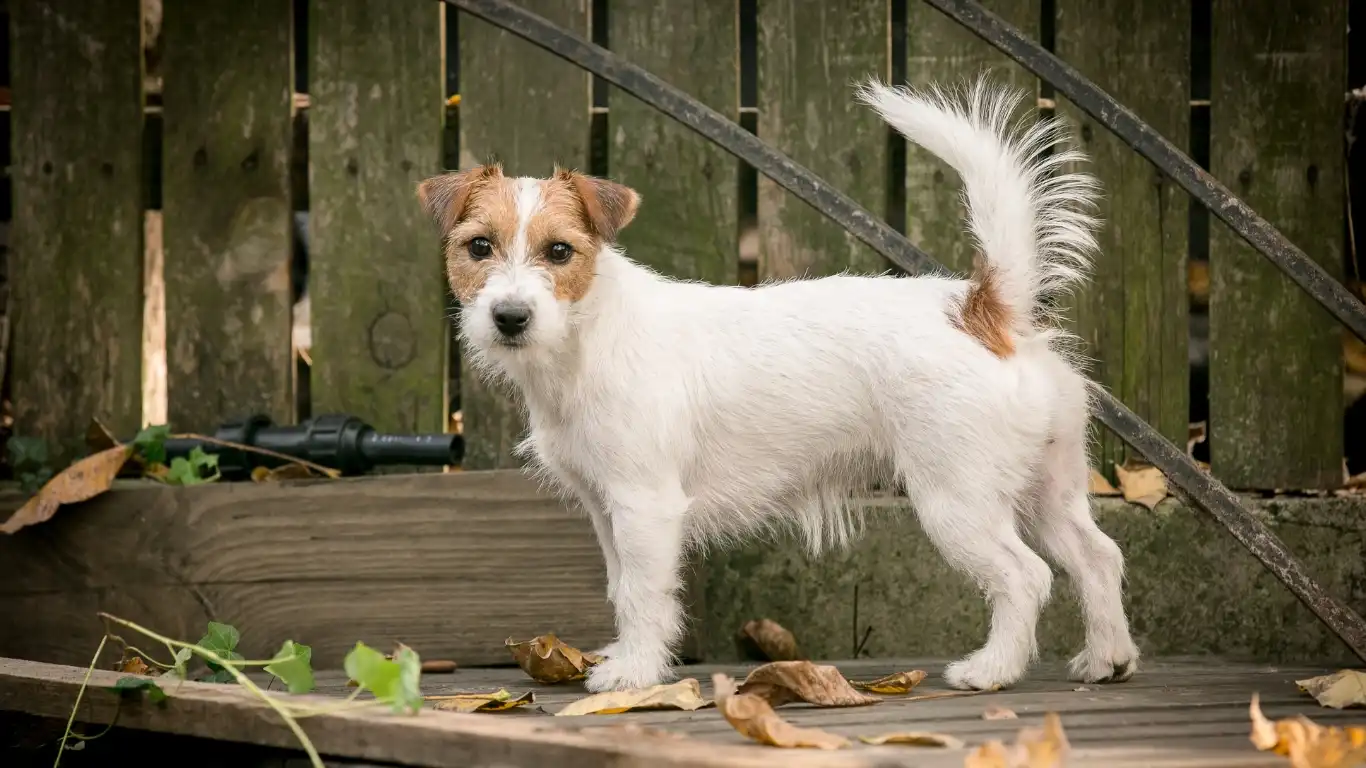
Start with Gradual Desensitization
If your dog panics the moment you step out the door, don’t worry—you don’t have to go from zero to full workday absence overnight. One of the most effective ways to help is through gradual desensitization. This means slowly getting your dog comfortable with being alone in small steps.
Here’s how I usually recommend doing it:
- Step 1: Pick up your keys or put on your shoes—but don’t leave! This breaks the association between these cues and your departure.
- Step 2: Step out the door for just a few seconds, then come back before your dog gets anxious.
- Step 3: Gradually extend your time away over several days or weeks, building up to longer durations.
Patience is key! I had a client who tried this with her golden retriever, and within a few weeks, he went from whining at the door to calmly napping while she was gone.
Use Enrichment Toys and Activities
Boredom can make separation anxiety even worse, so keeping your dog mentally engaged while you’re gone can be a game-changer. One of my go-to recommendations is the stuffed Kong trick—fill a Kong toy with peanut butter and freeze it for a long-lasting, delicious distraction.
Other great options include:
- Puzzle toys – Interactive feeders that challenge your dog to solve a problem for treats.
- Chew toys – A good chew session can be stress-relieving for anxious pups.
- Hide-and-seek treats – Hide small treats around the house to encourage exploration.
One of my own dogs used to get so fixated on her frozen Kong that she barely noticed when I left for work!
Creating a Calming Environment

Soothing Sounds and Scents
Ever noticed how certain sounds relax you? Dogs can benefit from this too! Playing calming music or leaving the TV on can make a home feel less empty. Some pet parents swear by dog-specific music playlists or even white noise machines.
Scents work wonders too! Try these:
- Lavender and chamomile – These scents are known for their calming properties.
- Adaptil diffusers – These release dog-appeasing pheromones to create a sense of comfort.
- A worn shirt – Leaving out something with your scent can be surprisingly soothing!
One time, I suggested this to a pet parent whose Yorkie would whimper all day while she was gone. After placing one of her old T-shirts in his bed, his anxiety dropped dramatically!
Building Your Dog’s Confidence

One of the most underrated but powerful ways to reduce separation anxiety is to build your dog’s confidence. Think of it like strengthening their emotional muscles—when they believe they can handle being alone, their anxiety naturally decreases.
Encourage Independence
Some dogs are so used to being glued to their owners that they never learn how to be alone. If your pup follows you everywhere (even to the bathroom!), they might struggle with separation more. Here are a few ways to gently encourage independence:
- Teach the “Place” command – Encourage your dog to stay on their bed while you move around the house.
- Use baby gates – Start by keeping them in a separate room for short periods while you’re still home.
- Offer independent activities – Give them chew toys or puzzle feeders to enjoy on their own.
One of my clients had a velcro dog who would cry if she left the room for even a second. We started with baby steps—having the dog stay on her bed while she walked around. Within weeks, she was able to leave the house without a meltdown!
Confidence-Boosting Training
Simple training exercises can work wonders for anxious dogs. I always recommend incorporating basic obedience training into daily routines. When a dog learns new commands and receives positive reinforcement, they start to believe in themselves. Try:
- Clicker training – A fun way to reward good behavior and build self-assurance.
- Agility exercises – Even simple backyard obstacles help dogs feel accomplished.
- New experiences – Safely exposing your dog to different environments, people, and sounds can make them more adaptable.
Confidence is like a muscle—the more they use it, the stronger it gets!
Establishing a Predictable Routine
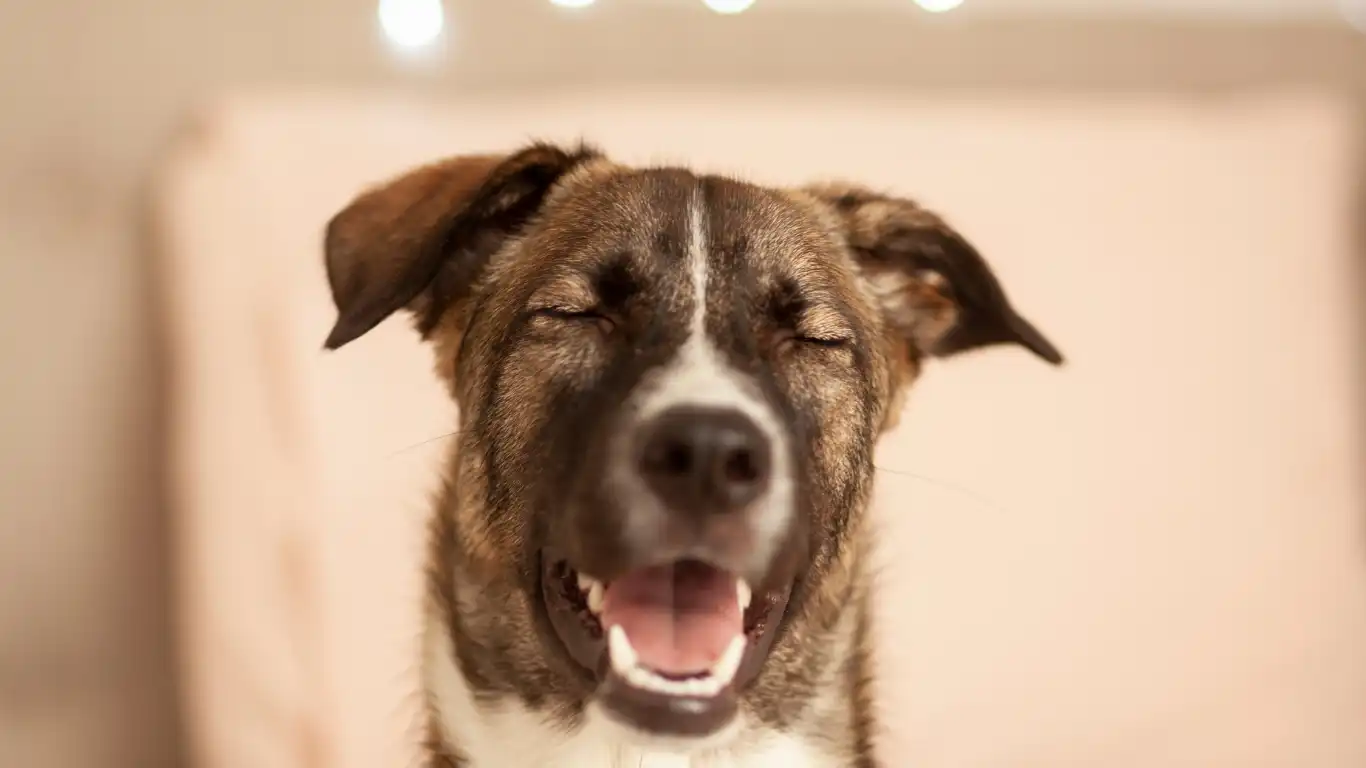
Dogs thrive on routine. When they know what to expect each day, it creates a sense of stability that can help reduce anxiety. A chaotic schedule, on the other hand, can make them feel insecure.
Set a Consistent Schedule
Even if your work hours vary, try to keep certain elements of your dog’s day the same. For example:
- Meal times – Serve meals at consistent times each day.
- Walks and potty breaks – Keeping a regular schedule reassures your dog.
- Training and play sessions – Even 10-15 minutes of focused time can help.
One pet parent I worked with noticed that her dog’s anxiety skyrocketed on days when she was rushing in the morning. We adjusted her routine to include a short, structured play session before she left, and it made a huge difference in her dog’s mood!
Avoid Emotional Departures and Reunions
Many of us make the mistake of showering our dogs with attention before we leave and dramatically greeting them when we return. This actually reinforces the idea that departures are a big deal—which can fuel anxiety.
Instead:
- Stay calm when leaving – No drawn-out goodbyes. Just grab your things and go.
- Ignore your dog for a few minutes after coming home – Let them settle before greeting them.
- Give attention when they’re calm – This teaches them that relaxed behavior gets rewarded.
I had to train myself to stop saying emotional goodbyes to my own dog. At first, it felt a little cold, but over time, I saw how much it helped him stay calm when I left!
Using Professional Support When Needed
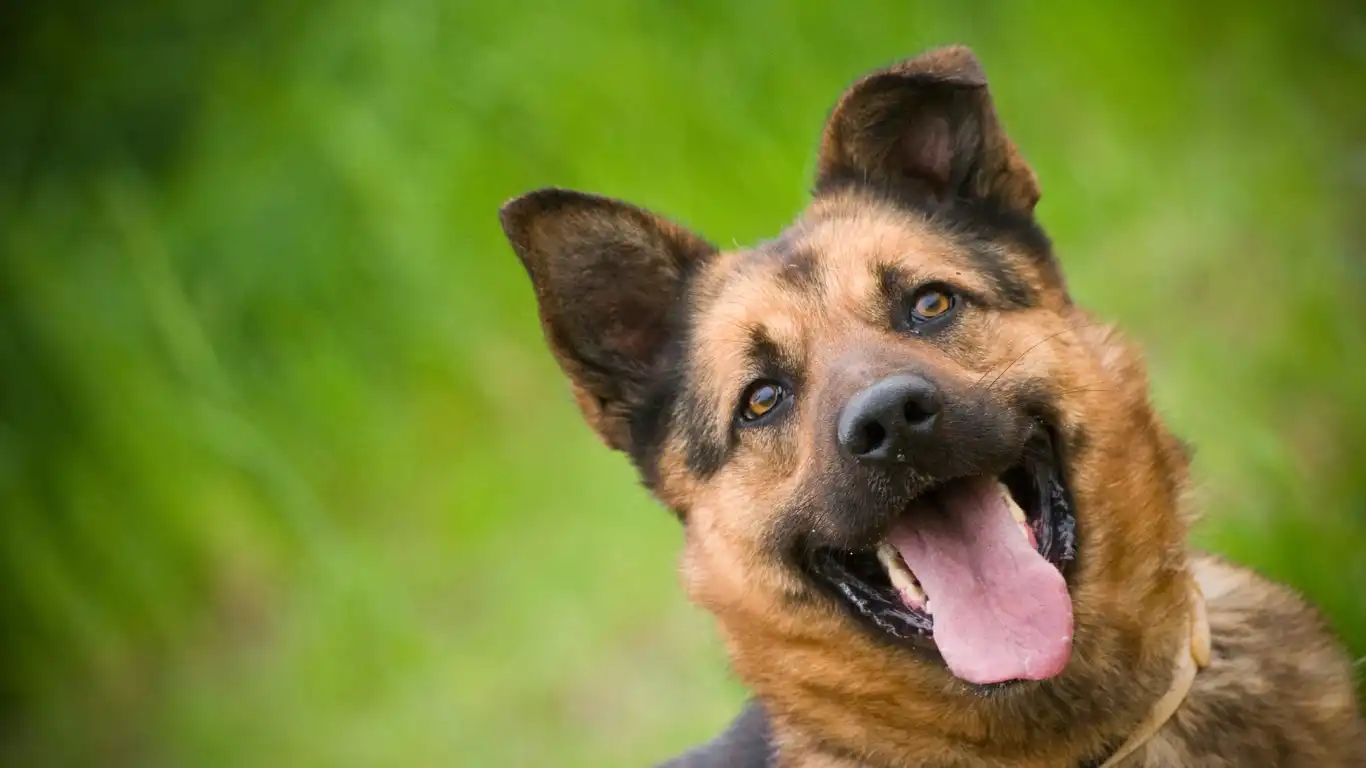
Sometimes, despite our best efforts, a dog’s separation anxiety is severe enough to need professional help. And that’s okay! It doesn’t mean you’ve failed—it just means your pup might need extra support.
When to Seek Help
If your dog’s anxiety leads to destructive behavior, self-harm, or extreme distress, it may be time to consult with a professional. Look for:
- Certified dog trainers – Those with experience in behavior modification.
- Veterinary behaviorists – Experts in canine anxiety who can assess medical factors.
- Doggy daycare options – For dogs who struggle with alone time, daycare can be a great alternative.
Medication and Supplements
For extreme cases, some dogs may benefit from anxiety-reducing medications or natural calming supplements. Always consult a vet before trying anything new, but here are a few options they might suggest:
- Prescription medications – Some dogs need temporary medication to help with training.
- CBD oil – Some pet parents find CBD calming for their anxious pups.
- Herbal supplements – Options like valerian root or L-theanine may help.
I’ve had clients who resisted the idea of medication at first, but in severe cases, it provided the breakthrough they needed to start behavior training effectively.
Helping a dog overcome separation anxiety takes time, patience, and a little creativity. But with the right strategies, even the most anxious pups can learn to feel safe and confident on their own!
Helping Your Dog Adjust Over Time
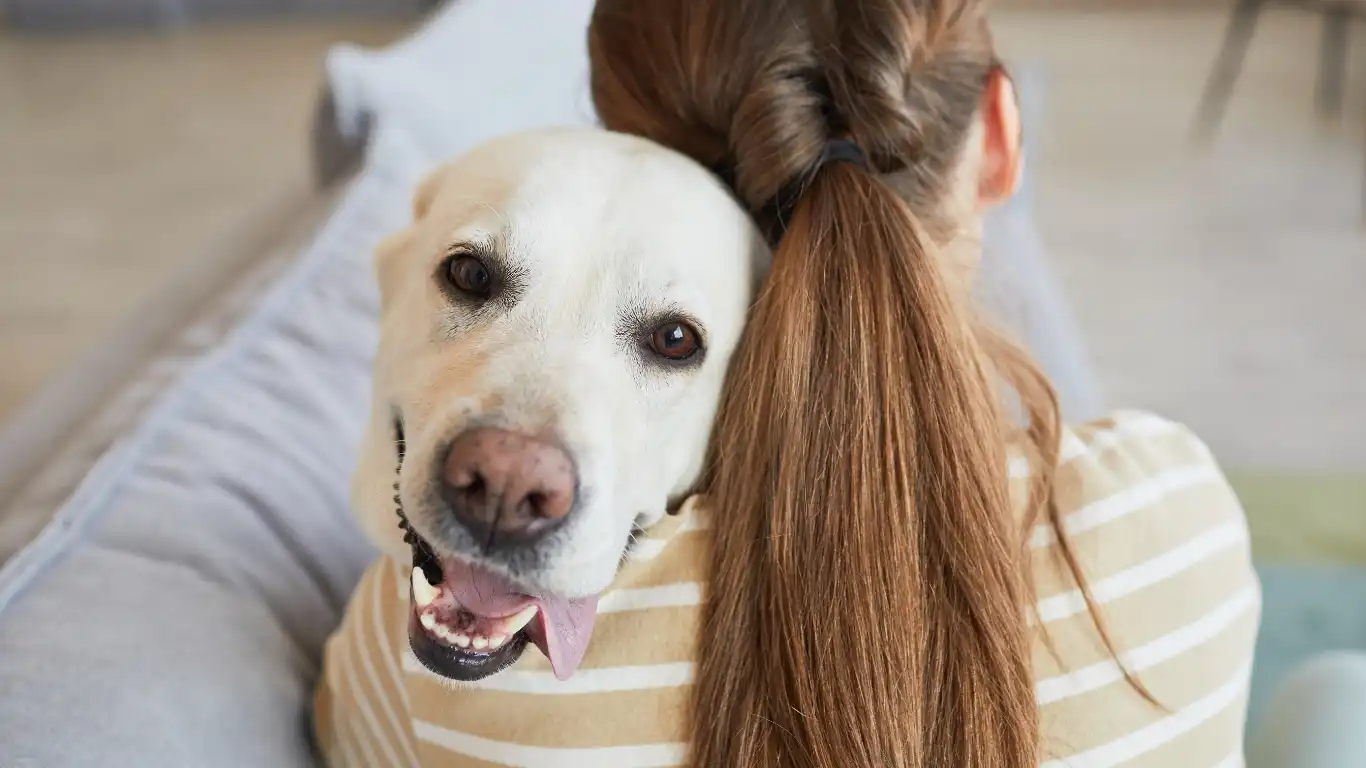
One of the most important things to remember when dealing with separation anxiety is that progress takes time. Just like humans overcoming fears, dogs need consistency, patience, and positive reinforcement to build confidence in being alone.
Track Your Dog’s Progress
Many pet parents get discouraged when they don’t see immediate results, but small improvements matter! Keep a simple log of your dog’s behavior to notice patterns and progress. You can jot down things like:
- How long they were left alone – Start with minutes and work up to hours.
- Their behavior before and after – Were they anxious, calm, destructive?
- What worked best – Certain toys, scents, routines?
One of my clients started logging her Labrador’s anxiety levels each day. She thought she wasn’t making progress until she looked back and realized he had gone from whining the second she left to staying calm for 20 minutes. That’s a win!
Celebrate Small Victories
When it comes to overcoming separation anxiety, every little step forward is worth celebrating. If your dog can stay home alone for even five minutes longer without stress, that’s a success!
Some ways to reinforce positive behavior include:
- Extra playtime – Reward their progress with a fun game.
- High-value treats – Save their favorite snacks for post-alone time.
- Calm affection – A belly rub or a gentle praise can mean a lot.
One pet parent I worked with used a treat-dispensing camera to toss treats when her dog remained calm. It not only rewarded good behavior but also helped her pup associate alone time with positive experiences!
Alternative Strategies for Unique Cases
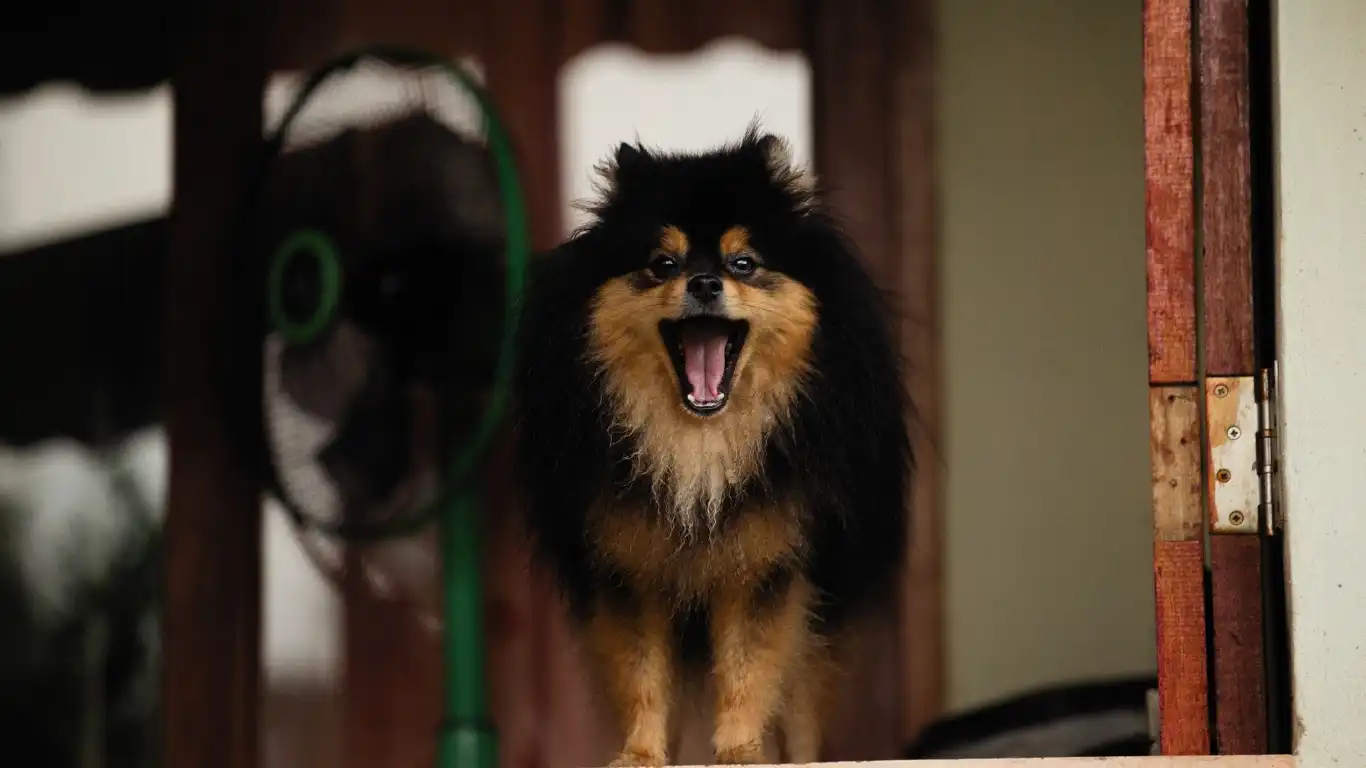
Every dog is different. While many respond well to standard training, others may need alternative approaches to help them feel secure when left alone.
Doggy Daycare and Pet Sitters
Some dogs, particularly those with severe anxiety, may never fully adjust to long hours alone. In these cases, doggy daycare or hiring a pet sitter can be a great solution. This is especially useful if:
- Your dog has extreme anxiety and panics even after training attempts.
- You have a high-energy dog who needs more activity during the day.
- Your schedule requires long hours away, making training difficult.
A friend of mine had a Border Collie who simply could not handle being alone for more than an hour. She found a local pet sitter who took him for mid-day walks, and it completely transformed his behavior. Sometimes, outsourcing a little help makes all the difference!
Crate Training: Helpful or Harmful?
Crate training can be a controversial topic when it comes to separation anxiety. Some dogs find comfort in a crate, while others may panic if confined. Here’s how to tell if a crate might work for your pup:
- Does your dog willingly rest in their crate? If they see it as a safe space, it may help.
- Does crating increase their anxiety? If they cry, scratch, or panic, a different approach might be better.
- Have you properly crate-trained? Never use a crate as punishment—only as a cozy retreat.
One of my clients turned their dog’s crate into a “Zen den” with soft bedding, calming music, and a stuffed Kong toy. It became a safe space, rather than a stressful one.
Final Thoughts on Helping a Dog Cope with Separation Anxiety
Dealing with separation anxiety isn’t easy, but with patience, consistency, and the right approach, you can help your dog feel more comfortable being alone. Whether it’s through training, enrichment, routine adjustments, or professional support, every step forward makes a difference.
Remember, you’re not alone in this journey. Many pet parents have successfully helped their dogs overcome anxiety, and so can you. With love, persistence, and a little creativity, your furry friend can learn to feel safe, even when you’re not there.
References
Disclaimer
This article is for informational purposes only and should not replace professional veterinary advice. If your dog has severe anxiety, consult with a licensed veterinarian or certified dog behaviorist for personalized guidance.
